Questionjust had 10 yr old golden put down, huge stomach cancer. picking up a 9 mo old rescued golden tomorrow. old dog ate everything and everything. is there a diet i should adhere to with the pup to avoid cancer?
AnswerI doubt that there is. Much of the same nutritional ideas, as prevail in the human world, have their following in the dog world. Those that avoid additives and look for organic food for themselves provide a market for similar products for their dogs. If you are eating such a diet, go to one of the larger pets supplies and share your concerns. You will be directed to one of the specialty brands they carry.
If you buy food you like and can afford at the supermarket, choose one of the common brands of kibble. If you know what the new pup is eating, stick to it at least for a while. If you do switch, do so slowly over at least a week to avoid digestive upsets. I would stick to the same type if you can, chicken, lamb, etc. The fewer different proteins a dog eats when it is young, the easier to work around if it eventually develops food allergies. I don't know that any one of the common brands is any better than another. Several of them are used by the large service dog programs. Nobody has more experience or incentive to give dogs good care. They pick a brand and stick to it. I would switch away from puppy chow. Some of them differ from the all life stages foods only by their higher price. Others are rich enough to promote rapid growth stressing developing before they are ready. For the same reason, keep the dog lean. That alone may be the one single thing to avoid the heartbreak of a short life. You should be feeding an all life stages food now. Switching to an adult chow for the larger breeds at 4 months, slows growth and helps develop sturdier joints. The Pro Plan adult we are feeding our 6 month old lab says tested by AAFCO methods to provide nutrition for all life stages.
Your dog definitely should be narrower at the waist than the hips and chest. You should be able to easily feel the ribs, but not see them. Each dog is different. Standard recommendations are a good place to start, but each dog must have its food and exercise adjusted to its individual needs. Here is a link to a good illustrated guide, http://www.longliveyourdog.com/twoplus/RateYourDog.aspx

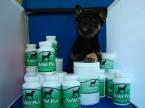 Dry itchy Skin - Food allergies schnoodle dog;
QuestionQUESTION: I have a 3 month old schnoodlethat i
Dry itchy Skin - Food allergies schnoodle dog;
QuestionQUESTION: I have a 3 month old schnoodlethat i
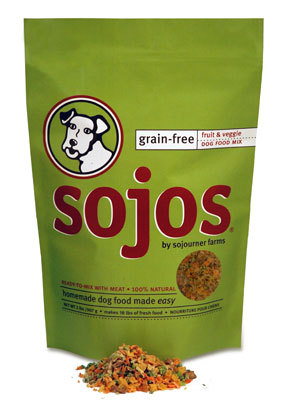 Possible colitis in corgi ; flagyl canine dosage;
QuestionI adopted a female 17 month old corgi. She has
Possible colitis in corgi ; flagyl canine dosage;
QuestionI adopted a female 17 month old corgi. She has
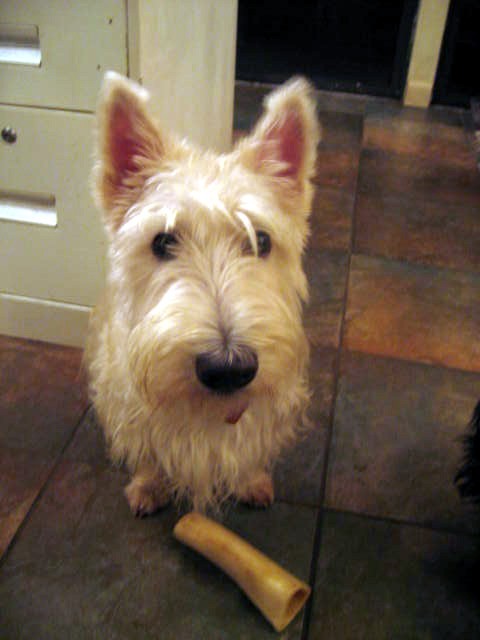 wheaten colored scottie with sensitive GI
QuestionJasper
QUESTION: I have two black Scotti
wheaten colored scottie with sensitive GI
QuestionJasper
QUESTION: I have two black Scotti
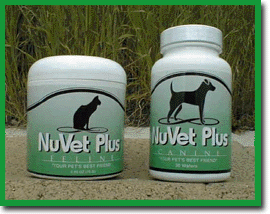 Salmon oil vitamin supplements
QuestionQUESTION: I have 3 dogs...50lb mutt, 80lb gsd a
Salmon oil vitamin supplements
QuestionQUESTION: I have 3 dogs...50lb mutt, 80lb gsd a
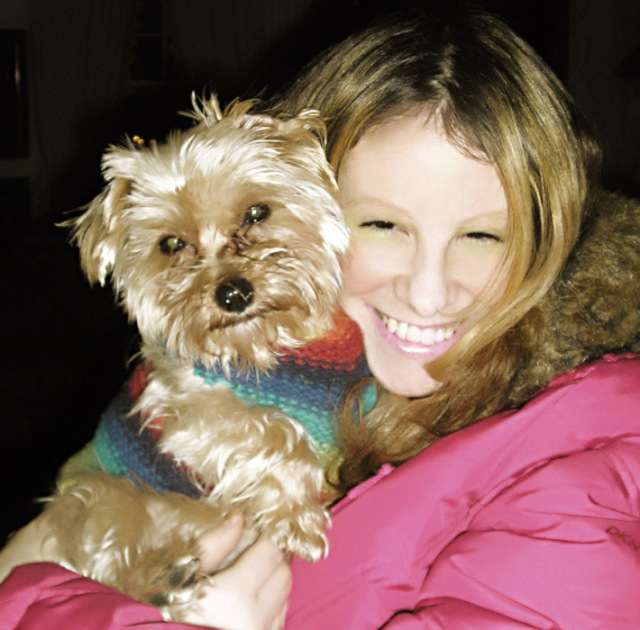 Collapsed Trachea Yorkie; pet Nurse Marie can help yorkies...!
Question
Me and toby
Hey I have a yorkie named toby and
Collapsed Trachea Yorkie; pet Nurse Marie can help yorkies...!
Question
Me and toby
Hey I have a yorkie named toby and